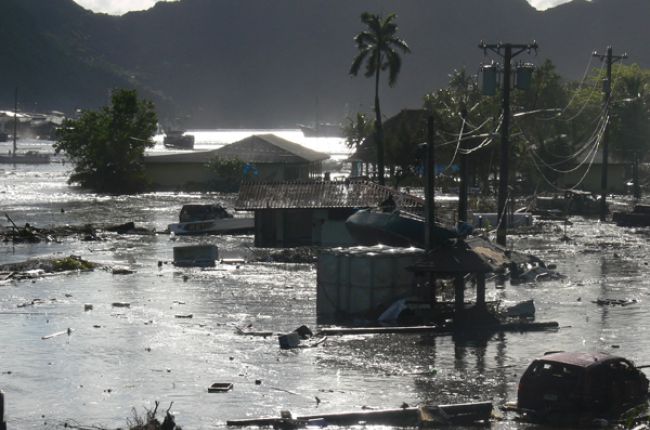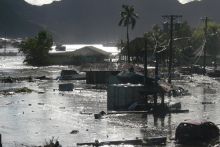
Information on this page was collected from the source acknowledged below:
U.S. Tsunami Warning Center FAQs:
"1. Severe ground shaking from local earthquakes may cause tsunamis.
2. As a tsunami approaches shorelines, water may recede from the coast, exposing the ocean floor, reefs and fish.
3. Abnormal ocean activity, a wall of water, and an approaching tsunami create a loud "roaring" sound similar to that of a train or jet aircraft.
If you experience any of these phenomena, don't wait for official evacuation orders. Immediately leave low-lying coastal areas and move to higher ground."
Learn More:
- Surviving a Tsunami—Lessons from Chile, Hawaii, and Japan (Circular), U.S. Geological Survey
Discusses natural warning signs and other lessons learned from people who survived a tsunami caused by the largest recorded earthquake - a magnitude 9.5 off the coast of Chile in 1960. The circular is based on interviews with people in Chile, Hawaii, and Japan who lived through the tsunami.
- Ready.gov: Tsunamis (Website), FEMA
Preparedness information and important facts about tsunamis.
- Pacific Tsunami Warning Center (Website), National Weather Service
Website providing live information on current and recent tsunami warnings.


